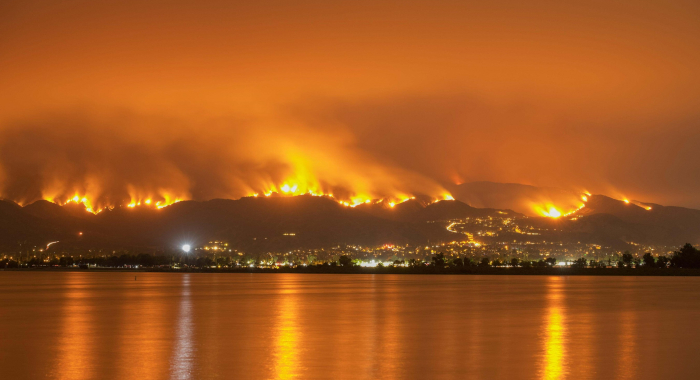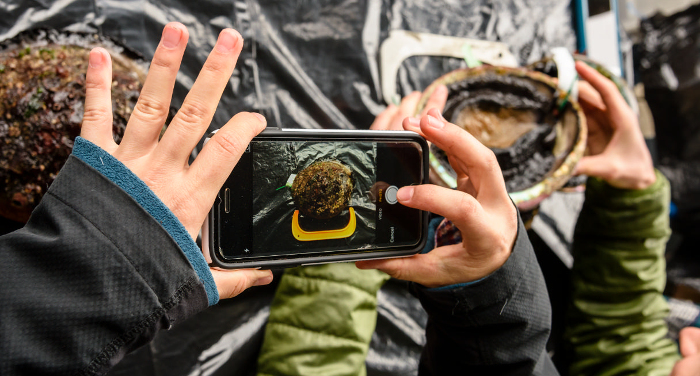Technology is enabling conservation scientists to collect and analyze data with an efficiency unimagined just decades ago. Satellite and drone-based remote sensing allow rapid mapping and monitoring of environmental conditions; networked sensors such as camera traps and flow meters provide real-time data about the health and potential threats to important resources.
Data are fundamental to making science-based conservation decisions. By modernizing environmental data capture and analysis and streamlining the delivery of usable information to decision makers, we can unlock new opportunities for transformative change in resource management.
The Conservancy’s team of designers, engineers, and data scientists are continually applying new applications of technology to increase the pace and scale of conservation in California – and beyond.


H. Scott Butterfield, Miriam Tsalyuk, Carrie Schloss
The Nature Conservancy in California monitors residual dry matter (RDM) on approximately 300,000 acres of conservation lands. Researchers evaluated whether satellite remote sensing data could be used…Tim Bean, Laura Prugh, Bob Stafford, Scott Butterfield, Mike Westphal, Justin Brashares
In this study, the authors developed a suite of species distribution models (SDMs) for the endangered giant kangaroo rat using the machine-learning method Maxent. They compared these models with three…Brian L. Sullivan, Jocelyn L. Aycrigg, Jessie H. Barry , Rick E. Bonney, Nicholas Bruns, Caren B. Cooper, Theo Damoulas, André A. Dhondt , Tom Dietterich, Andrew Farnsworth, Daniel Fink, John W. Fitzpatrick, Thomas Fredericks, Jeff Gerbracht, Carla Gomes, Wesley M. Hochachka, Marshall J. Iliff, Carl Lagoze, Frank A. La Sorte, Matthew Merrifield, Will Morris, Tina B. Phillips, Mark Reynolds, Amanda D. Rodewald, Kenneth V. Rosenberg, Nancy M. Trautmann, Andrea Wiggins, David W. Winkler, Weng-Keen Wong, Christopher L. Wood, Jun Yu, Steve Kelling
This paper outlines how eBird has evolved from a basic citizen-science project into a collective enterprise, taking a novel approach to citizen science by developing cooperative partnerships…Darci Palmquist, Mary Gleason, Matt Merrifield
Matthew S. Merrifield, Will McClintock, Chad Burt, Evan Fox, Paulo Serpa, Charles Steinback, Mary Gleason
This paper reviews the creation and use of MarineMap, a spatial decision support system that enabled stakeholder participation in designing marine protected areas (MPAs). The authors highlight why it…Tim Bean, Bob Stafford, Laura Prugh, Scott Butterfield, Justin Brashares
This paper compares the efficacy of different monitoring methods for estimating distribution, abundance, and population growth of the endangered giant kangaroo rat to determine the best practices for…Jordan Golinkoff, Mark Hanus, Jennifer Carah
The voluntary carbon market is a new and growing market that is increasingly important to consider in managing forestland. Monitoring, reporting, and verifying carbon stocks and fluxes at a project…Caroline Christian , Lawrence Saslaw, H. Scott Butterfield
To better understand the ecological role of cattle grazing in managing Carrizo Plain National Monument, we initiated a long-term study in 1997 designed to evaluate the effects of cattle grazing on…